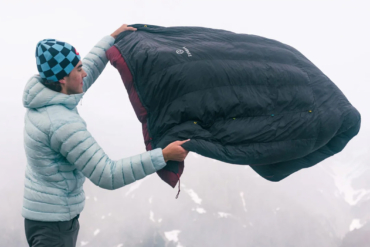

Hike uphill high enough in parts of New England and you might as well be trekking in far northern Canada. Save for polar bears and permafrost, the look and feel of places like Mount Mansfield—a bald schist knob at 4,393 feet I climbed last month—mimic the arctic no-man’s land east of Hudson Bay.
“To see tundra you can fly 2,000 miles north, or you hike up beyond 4,000 feet in New England,” said Matt Larson, an educator with Vermont’s Green Mountain Club.

Indeed, dozens of isolated alpine ecosystems exist in the Northeast, from the High Peaks of the Adirondacks in New York, to the Presidential Range of New Hampshire, north to Mount Katahdin in Maine, where thick woods peter to treeless terrain near the tallest summits.
These wind-swept islands in the sky often are just a few acres in size, packed with snow and ice some years from October to May. Boulders and cliffs guard their flanks. Trees shrink as you climb, thick evergreen forests fading to spiky midgets, then bonsai-like shrubs, many older than you or I.

In a story for today’s New York Times, “A Pocket of Alpine Tundra Nestled Atop New England,” I investigate the weird world of alpine tundra, where life adapts to cold stone and thin soil, and snow, ice, wind, water and sunlight mix in rare and intense proportions to mimic conditions not widely seen since the end of the last ice age.






